After sanctions on Russia’s largest oil companies, Rosneft and Lukoil, the much-anticipated meeting in Budapest, Hungary, between US President Donald Trump and Russian President Vladimir Putin was put on hold. The new sanctions are being seen as a harder stance by the US against Russia.
On October 22, President Trump announced that the meeting had been cancelled. On October 23, Hungarian Minister of Foreign Affairs and Trade Peter Szijjarto met US Secretary of State Marco Rubio in Washington; he tweeted that the US had not given up hope on holding the Budapest Peace Summit. On October 24, President Putin’s special presidential representative, Kirill Dmitriev, said that Ukraine, Russia and the United States were “quite close to reaching an agreement” to end the war in Ukraine.
Dmitriev pointed out Kyiv’s change of position following Ukrainian President Volodymyr Zelenskyy’s recent statement that freezing the war along the current frontlines will be a “good compromise” as opposed to Russia withdrawing completely. However, on October 26, Kremlin spokesman Dmitry Peskov underplayed the cancellation of the Budapest meeting by stating that further preparations were needed while acknowledging that the sanctions had “damaged the prospects” of restoring relations between Moscow and Washington.
While the mixed messaging has continued regarding the Budapest Peace Summit, on October 22, Russia carried out nuclear-powered missile tests and large-scale drills. A Yars intercontinental ballistic missile was test-fired from the Plesetsk launch facility in northwestern Russia, and a Sineva ICBM was launched by a submarine in the Barents Sea. Strategic bomber forces also took part, with Tu‑95 aircraft launching long‑range cruise missiles, the Kremlin added in a statement.
On October 26, President Putin, dressed in military uniform, announced that Russia had successfully tested a nuclear-powered missile and described it as a “unique product, unlike anything else in the world”. The Burevestnik is a nuclear warhead and can travel for more than 8,000 miles.
Impact Shorts
More ShortsRussia later announced that it had tested another nuclear-powered weapon, “Poseidon”, an unmanned underwater drone that, according to President Putin, “cannot be intercepted”. He said that it could significantly surpass the “Sarmat” missile, the Russian super-heavy intercontinental ballistic missile unveiled in 2018.
Meanwhile, Ukraine has attacked a Russian chemical plant with Storm Shadow missiles, referring to the UK-made long-range weapons. The Bryansk chemical plant, which produces gunpowder, explosives and rocket fuel, was hit in a combined missile and air strike, as were two oil refineries and a gas processing facility. President Trump has also changed his earlier position on giving Kyiv the US-made long-range cruise missile, Tomahawk, showing a softening stance on firm refusal.
Military Drills & Power Projection
The Burevestnik missile has been under development for over 20 years. In 2019, a Burevestnik missile sank in the White Sea during a failed test, and an explosion occurred during the recovery, releasing radiation and killing seven people, including nuclear scientists. Apart from its declared unlimited range, the Burevestnik has another advantage—the ability to strike from unpredictable directions, which would theoretically allow it to bypass future US missile-defence systems.
Russia’s military commander, General Valery Gerasimov, on Sunday claimed that the Burevestnik missile had travelled for 8,700 miles in a 15-hour test and that it could strike any heavily protected target with “guaranteed accuracy”. He further claimed that the missile completed all prescribed vertical and horizontal manoeuvres, showcasing a high capability to evade missile defence and air defence systems and allowing for its use with assured accuracy against highly protected targets at any range.
The Poseidon is an autonomous, nuclear-powered underwater vehicle (UUV) underscoring next-generation strategic deterrence designed to evade traditional defence systems and impossible to intercept. It is essentially an intercontinental “super-torpedo” with massive destructive potential. It has its own miniature nuclear reactor for propulsion and carries a large nuclear warhead.
Due to its ability to travel to extreme depths and high speeds with constantly changing routes, Russia claims that it is impossible to intercept or track by anti-missile or anti-submarine defence systems such as those used by the US and Nato. The primary threat of the Poseidon is to detonate near an enemy coastline, causing radioactive tsunamis.
The Era of Nuclear Flexing
While the nuclear drills were planned beforehand and have no connection to the Budapest Peace Summit, it has been seen as a signal against Washington and the building of pressure on Russia to consider a ceasefire with Ukraine. While President Trump has warned Russia by reiterating that a US nuclear submarine was near Russia’s coast, Kremlin spokesman Dmitry Peskov has said that Russia would not be dissuaded from its weapon testing. He said despite openness to establishing dialogue with the US, Russia and the Russian president were guided by their own national interests, clarifying that “this has been the case, is the case now and will continue to be the case in the future”.
Moscow sees these tests as a strategic equaliser. Putin has long argued that Washington’s withdrawal from the Anti-Ballistic Missile Treaty in 2001 has forced Russia to innovate new offensive systems to restore strategic balance. The posturing by Putin and Gerasimov has been attributed by analysts across the board as an attempt to deter the US and Europe’s support of Kyiv.
Analysts and defence experts have also questioned Moscow’s claims on the capabilities and success of the tests and have noted the ability of such tests to become a threat to global strategic stability and another step towards a new arms race.
However, US President Donald Trump directed the Department of War to accelerate nuclear weapons testing hours after President Putin announced that Moscow had successfully tested the Poseidon. The US last conducted a nuclear explosive test in 1992, though it continues to assess delivery systems, including intercontinental ballistic missiles, submarines, and strategic bombers, using non-nuclear mock warheads.
If the tests are done, Trump’s directive would mark the first US nuclear detonation in 33 years, ending a moratorium introduced under former President George H W Bush. Washington signed the Comprehensive Nuclear Test Ban Treaty (CTBT) in 1996 but never ratified it. Russia and China have not tested since the mid-1990s. Daryl Kimball, head of the Arms Control Association, criticised the plan: “Trump is misinformed and out of touch. The US has no technical, military, or political reason to resume nuclear explosive testing for the first time since 1992.” Kimball noted that preparing the Nevada test site would take “at least 36 months”, implying the announcement was largely political theatre.
However, at this point the possibility of escalation involving nuclear capabilities seems unlikely. At most at this point the posturing between the US and Russia can be seen as a new era of nuclear competition. Experts have warned that the post-Cold War arms control framework could be collapsing, with practically all nine nuclear countries, especially China, strengthening their arsenals. The New Start Treaty between Russia and the US, who hold 90 per cent of the world’s nuclear weapons, is set to expire in February next year, and there are no foreseeable negotiations on a follow-up to the treaty. The US also wants China to be involved in the treaty.
But it’s important to note that President Trump on his recent trip to China has announced a reduction of tariffs on Chinese goods from 57 per cent to 47 per cent, effective immediately, easing tensions that had escalated global market instability.
Additionally, fentanyl-related tariffs on China have been cut from 20 per cent to 10 per cent, reflecting cooperation on opioid trafficking concerns. A landmark one-year agreement was also announced, ensuring uninterrupted supply and trade of rare earth minerals from China to the US, essential for industries ranging from electronics to defence, to counteract previous restrictions and export controls that had threatened global supply lines. The deal is set for annual renegotiations, emphasising sustained cooperation.
For Russia to make any sudden moves during the thawing of relations between the US and China, a supporter of Russia, would not be strategically viable, besides the fact that a global apocalypse would not benefit either side. Additionally, the repercussions would result in a loss of allies, and finally, it will not change the course of the war; instead, the world will just have to learn to live in the new era of nuclear flexing.
(Rami Niranjan Desai is an anthropologist and a scholar of the northeast region of India. She is a columnist and author and presently a Distinguished Fellow at the India Foundation, New Delhi. Views expressed in the above piece are personal and solely those of the author. They do not necessarily reflect the views of Firstpost.)


)
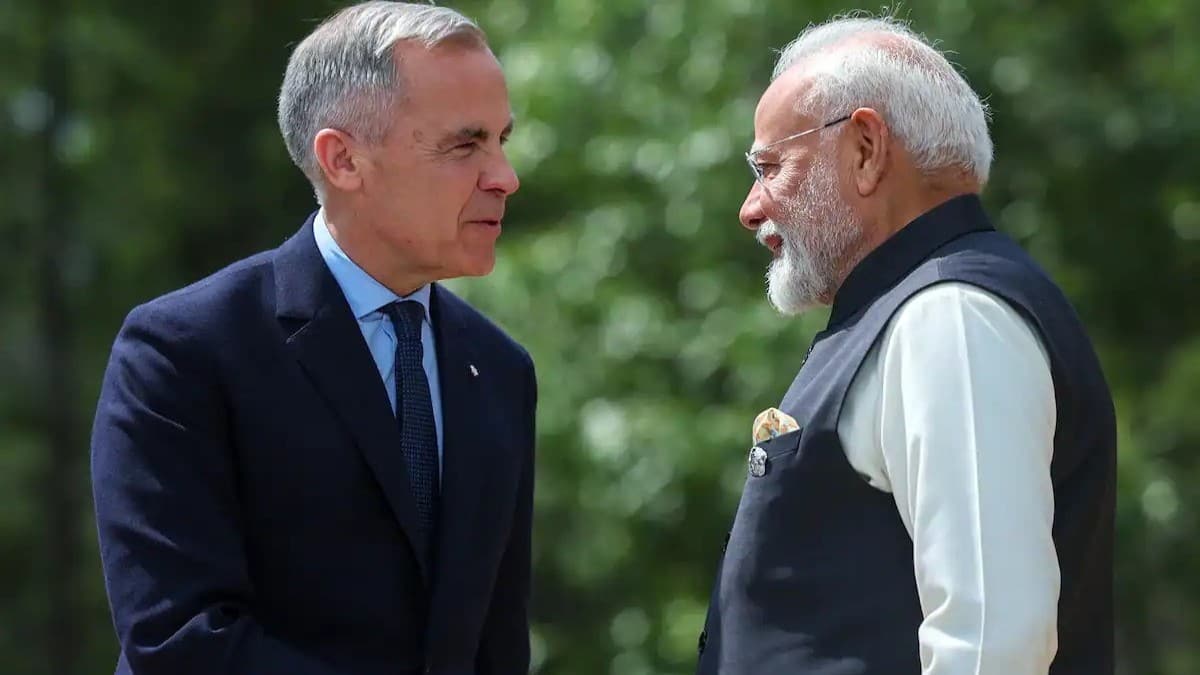
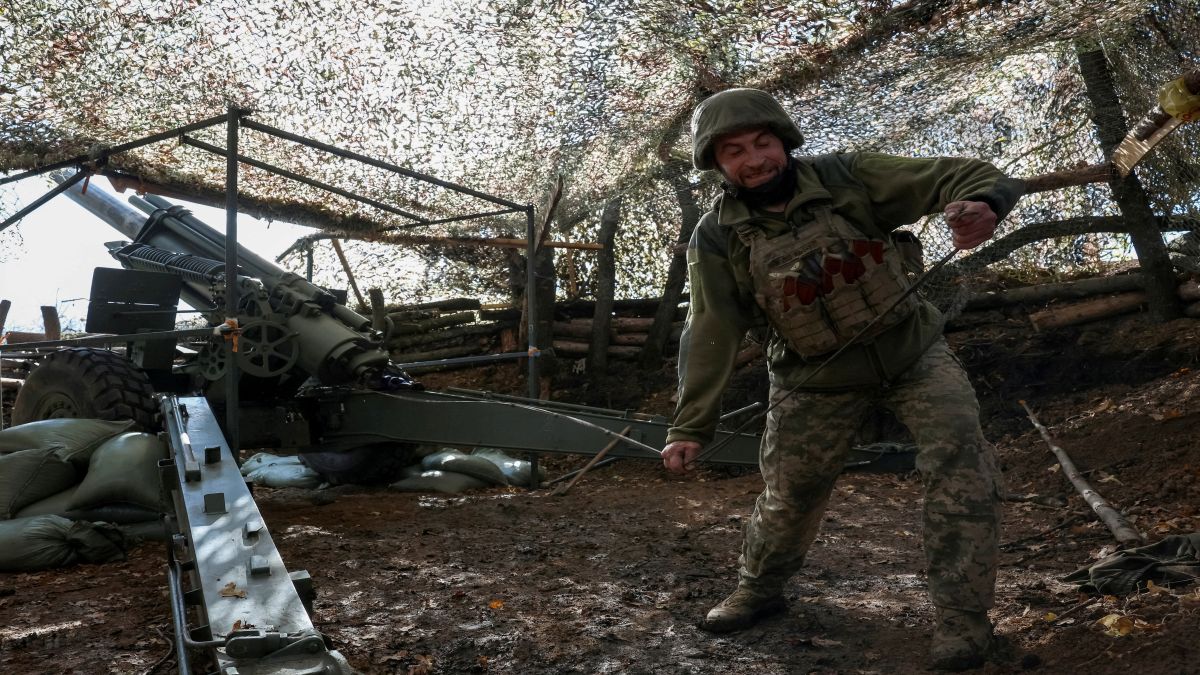)
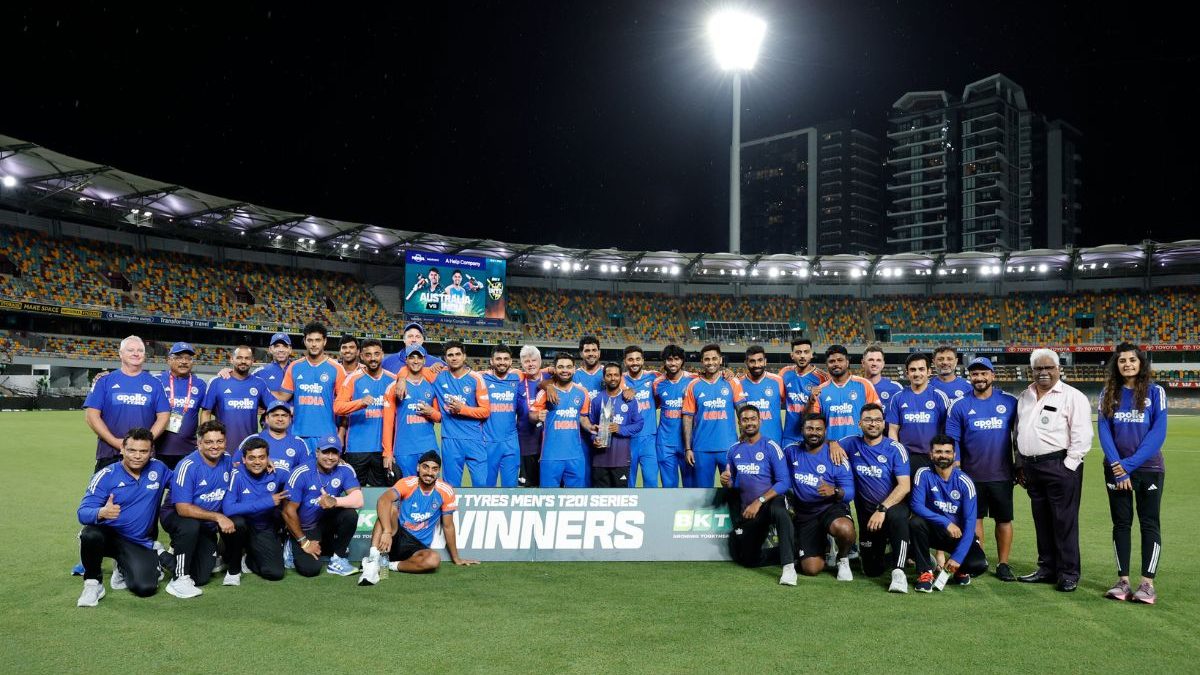)
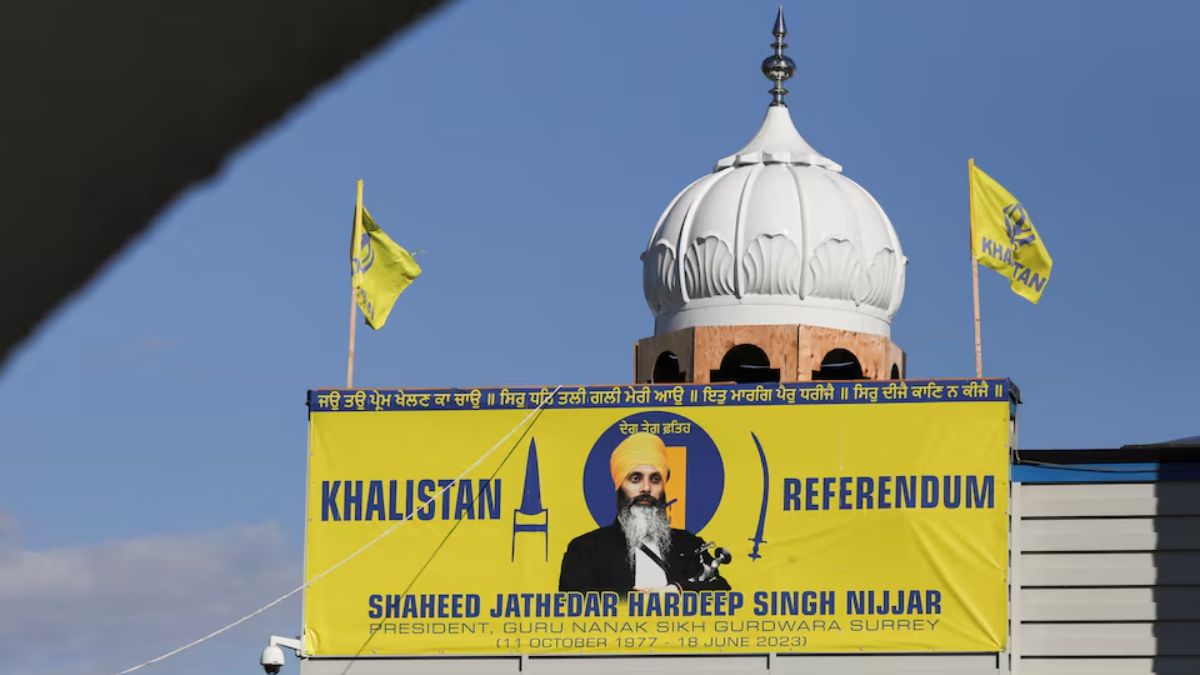)
)
)
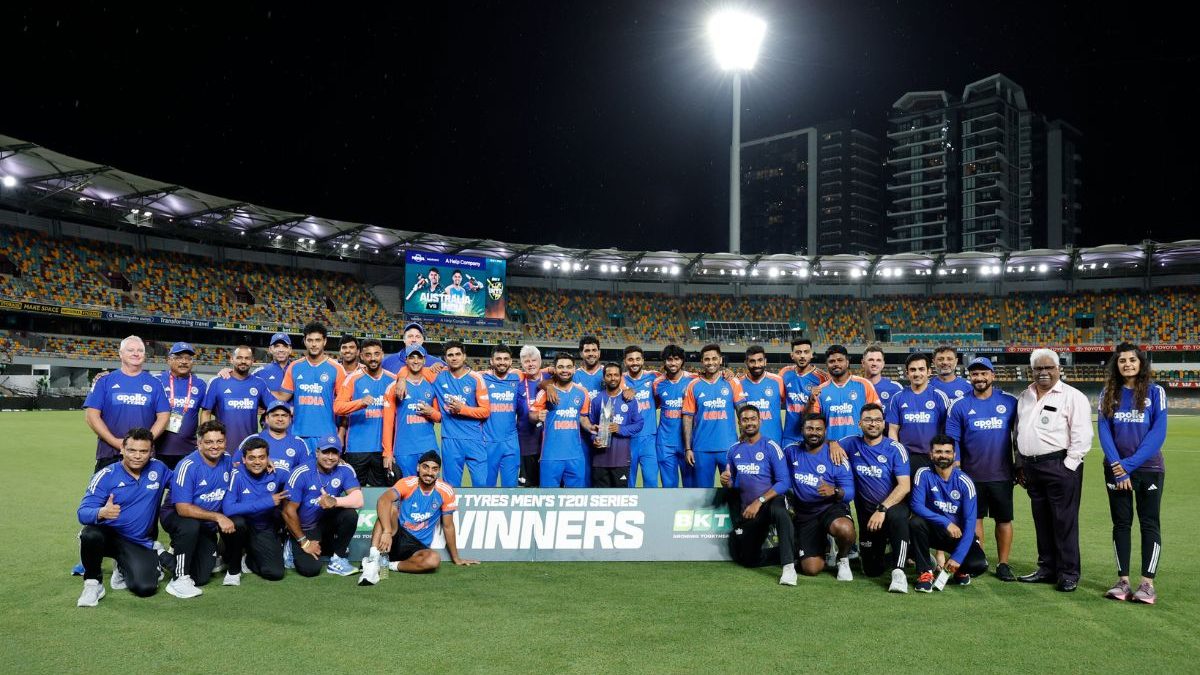)
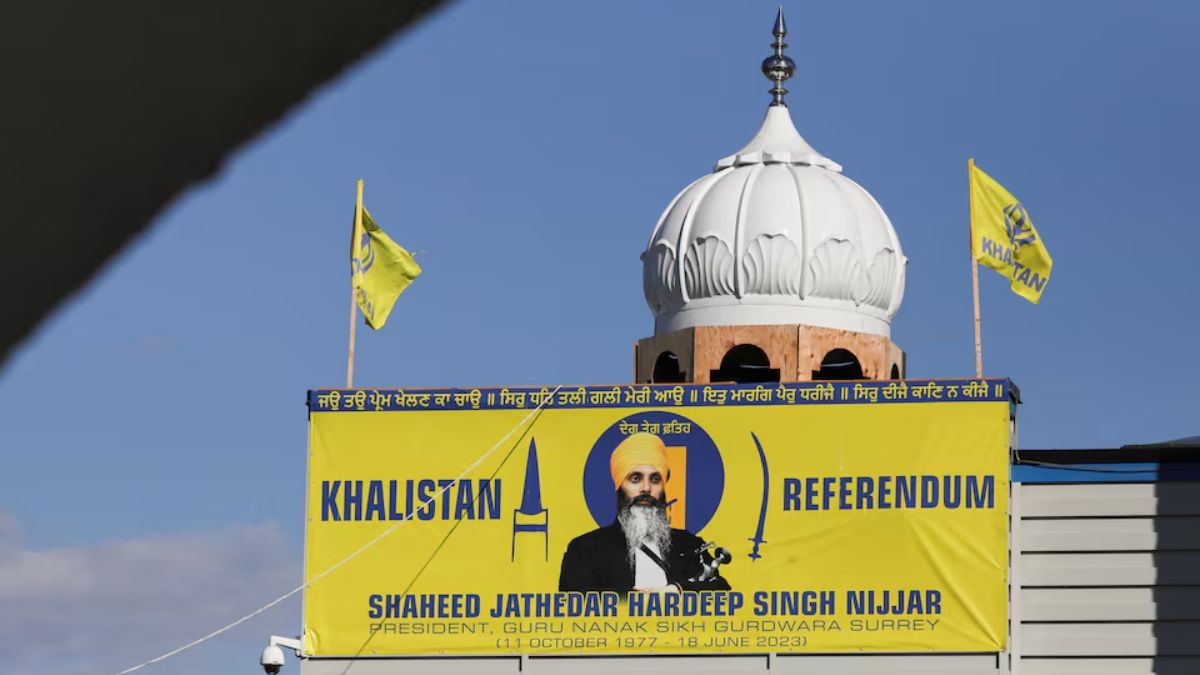)
)



